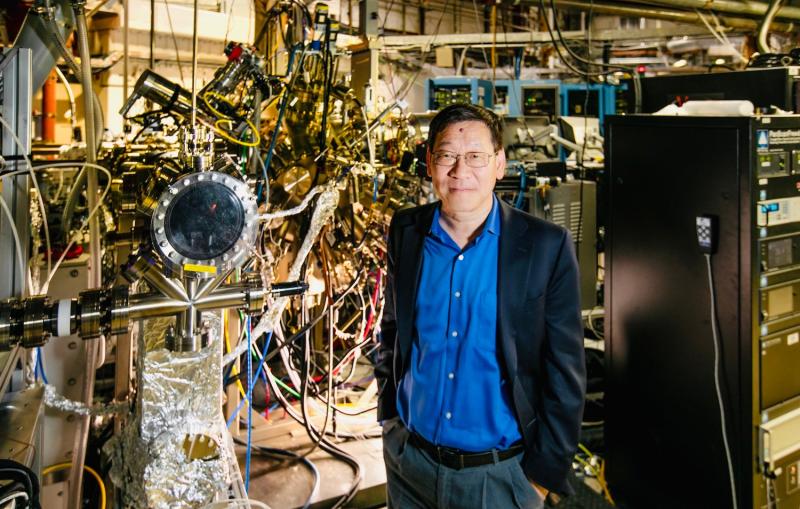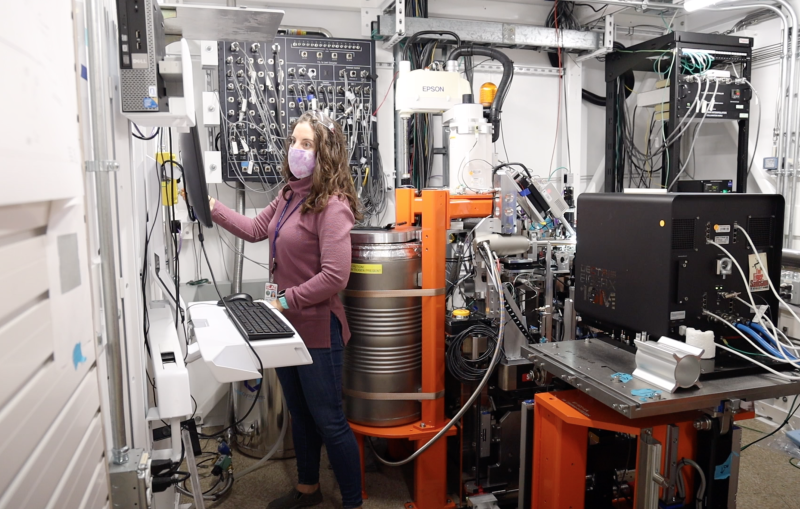
News Feature
VIA Stanford News
Stanford physicist’s quest for the perfect keys to unlock the mysteries of superconductivity


SSRL is a pioneering synchrotron radiation facility known for outstanding science, technological innovation and user support. It provides extremely bright X-rays that scientists use for a wide range of research that probes matter on the scales of atoms and molecules.


